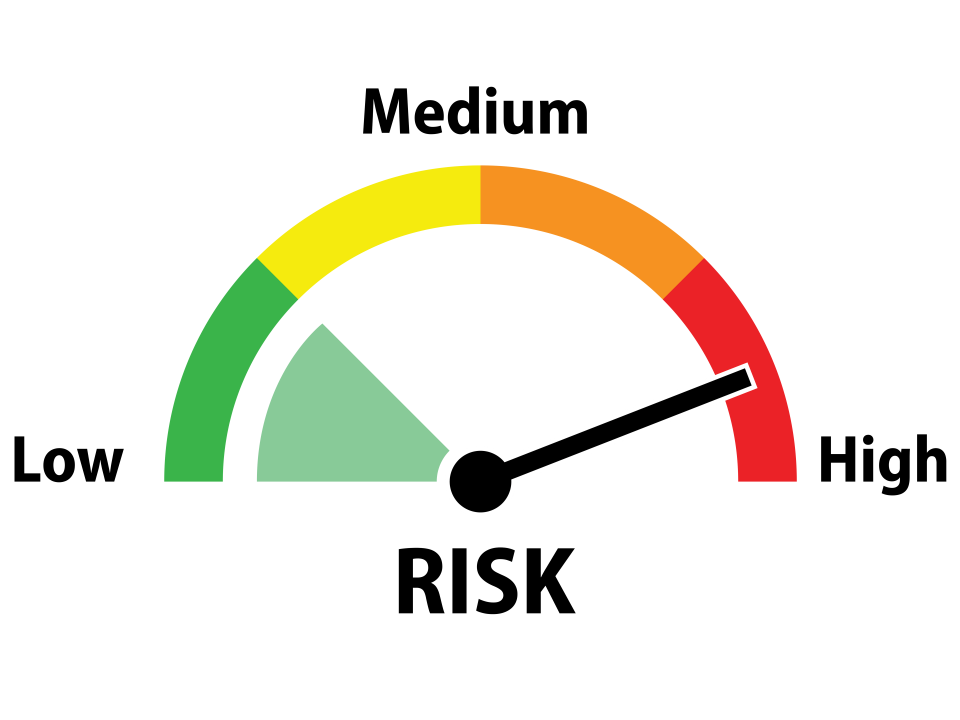Generally, there are multiple reasons why a business would need a high-risk merchant account. The key to understanding what is a high-risk merchant account relies on the answer on what we define as a high risk business. In this article we will break them into the important parts.
First – industry type
There are certain industries acquiring banks and underwriting teams categorize as high risk in the first place. Reasons are usually elevated chargeback ratios, increased risk of fraud, complexity in monitoring transactions for certain business types, on-going industry compliance (which banks try to avoid), and most of all – reputational risk. We will explore every reason here in detail.
Reputational Risk
Believe it or not, many industries, such as Firearms for example, are restricted by processing banks only because the bank does not want to hurt its reputation. This happens a lot in accounts that cause political exposure, or potential reputational damage. This is primarily why many acquiring banks and merchant processors choose to disassociate themselves from political parties, firearm businesses and adult shops. They are afraid such businesses may upset other customers or perhaps even the local or federal government. Proactively, they simply choose to deny doing business with such industries.
Merchant Account Compliance
Many processors try to avoid boarding merchants that require ongoing compliance. This is especially true in industries where the law differs per state. Such industries include Vape Shops, Credit Repair companies, Collection Agencies, Money Service Businesses, and other state-level regulated businesses.
Most processors do not have big compliance teams, and following up with each merchant in real time is impossible for them. As laws change per state, many compliance teams do not have the technology and human resources to follow up proactively with every merchant to make sure the merchants are still in compliance. As a result, merchant processors refuse to do business with such industries. Hence, adding more business types to the high-risk merchant account list.
Merchant Account and Payment Processing Fraud
Some industries just happen to have more fraud. E-Commerce payment processing is more popular today than ever before. With increased sales volume, so is the likelihood of online fraud. Many scammers try to use stolen credit cards to make online purchases, causing Chargebacks and merchant losses. Although there are numerous tools to prevent merchant account fraud, some of these tools are not as accessible to small businesses as they should be. Moreover, Chargeback prevention programs such as Verifi and Ethoca usually require an ongoing subscription, which merchants try to avoid.
Elevated Chargebacks
Some industry types tend to have a higher level of chargebacks. These include Cosmetics, Timeshares, Collection Agencies, Software Downloads, Emergency Services (PC Support, Locksmith, Tow service), Travel and Airlines. These industries are a target for increased chargeback for numerous reasons, for example:
Cosmetics, Timeshares and Software Downloads chargebacks usually caused by buyer’s remorse. Some customers buy things because of excitement (impulsive buyers), before they made research on the product. Such purchases at times have a strict refund policy. When the customer tries to return the item or service and finds out that refund isn’t an option, they tend to call their bank to dispute the charge.
On the other hand, travel related businesses, such as airlines, hotels and tour operators, get disputes because of scheduling issue, cancelled bookings (whether because of provider or customer) or trip delays.
Lastly, emergency industries, such as Towing service, Locksmith & PC Support, tend to have an elevated level of Chargebacks simply because clients feel taken advantage of. For example, one town requires all Tow Truck drivers that tow vehicles for the city to accept credit cards. Some of these customers had their car towed because they parked illegally. When they pay with a credit card, some of them feel they can get their money back from their bank if they call in to dispute the transaction.
Although a majority of these disputes are ruled in favor of the merchant, they still cause an elevated Chargeback ratio the merchant needs to monitor. This is mandatory to make sure the ratio stays well below the 1% Visa threshold.

